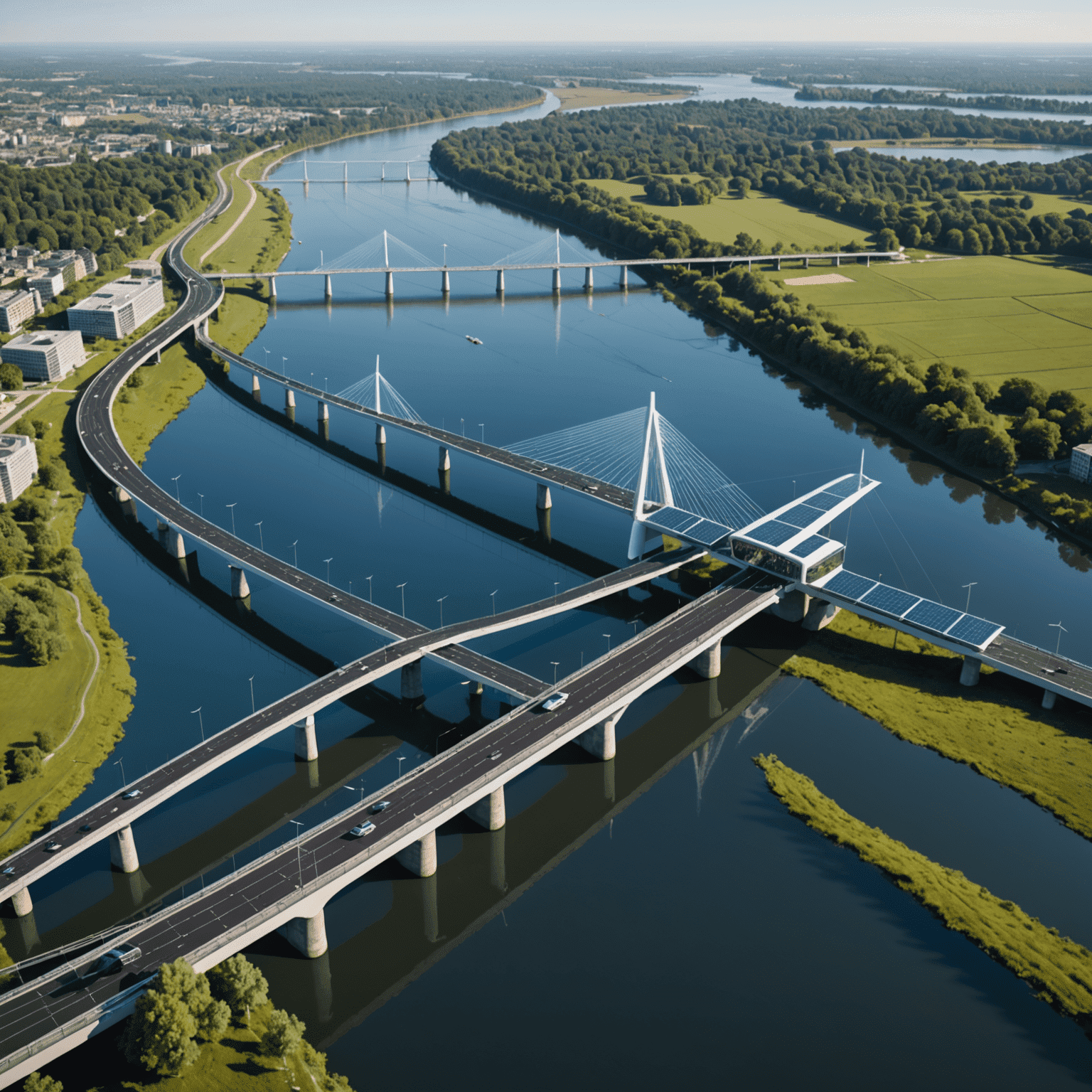Technology Trends in Superbridge Construction

Explore the cutting-edge developments that are revolutionizing the world of superbridge construction and shaping the future of infrastructure.
1. Advanced Materials
The superbridge industry is witnessing a surge in the use of innovative materials that enhance strength, durability, and sustainability. Carbon fiber reinforced polymers (CFRP) and ultra-high-performance concrete (UHPC) are at the forefront of this revolution, offering superior strength-to-weight ratios and extended lifespans for superbridges.
2. Smart Sensors and IoT Integration
Internet of Things (IoT) technology is being seamlessly integrated into superbridge designs. Advanced sensors monitor structural integrity, traffic flow, and environmental conditions in real-time. This data-driven approach allows for predictive maintenance and optimized performance of superbridges.
3. 3D Printing and Modular Construction
3D printing technology is making waves in superbridge construction, enabling the creation of complex geometric shapes and reducing material waste. Coupled with modular construction techniques, this approach significantly reduces construction time and costs while maintaining structural integrity.
4. Artificial Intelligence in Design and Planning
AI algorithms are revolutionizing the design and planning phases of superbridge projects. These intelligent systems can analyze vast amounts of data to optimize structural designs, predict potential issues, and suggest the most efficient construction methodologies.
5. Renewable Energy Integration
Modern superbridges are becoming self-sustaining energy hubs. Solar panels, wind turbines, and piezoelectric systems are being incorporated into bridge designs, harnessing renewable energy to power lighting, monitoring systems, and even feeding excess energy back to the grid.
6. Virtual and Augmented Reality in Construction
VR and AR technologies are transforming the construction process of superbridges. These tools allow engineers and workers to visualize complex structures in 3D space, identify potential issues before they arise, and provide immersive training experiences for construction teams.
7. Self-Healing Materials
Emerging self-healing materials are set to revolutionize superbridge maintenance. These innovative substances can automatically repair small cracks and damages, potentially extending the lifespan of superbridges and reducing maintenance costs significantly.
The Future of Superbridges
As these technologies continue to evolve, we can expect superbridges to become more than just transportation links. They will transform into smart, sustainable structures that adapt to their environment, generate clean energy, and provide valuable data for urban planning and development.